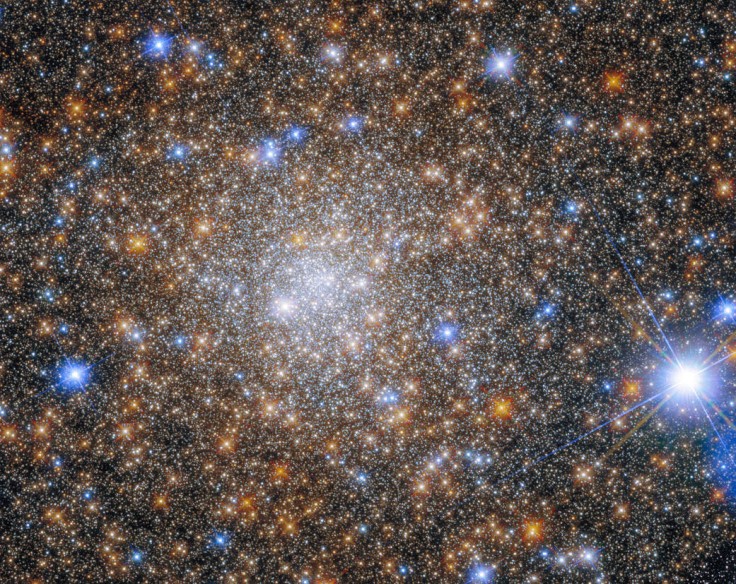The Hubble Space Telescope may be showing its age, but it still has some bite when it comes to giving experts glimpses of the world outside our planet.
NASA and the European Space Agency (ESA) published a picture of the Terzan 1 globular cluster to the public, showing an impressive display of detail and clarity.
The Hubble Space Telescope, unlike the International Space Station, won't be de-orbited so easily. The two space agencies agreed that the telescope would continue to work and remain in its orbit as long as its components operate and it provides a "good service" to the science community, per the ESA.
Hubble Space Telescope Terzan 1 Globular Custer Picture

NASA and the ESA recently published a photo of the Terzan 1 globular cluster using Hubble's telescope, showing that the telescope is far from obsolete.
According to a report from Space.com, the picture features a "gorgeous palette of different-colors stars in remarkable clarity" thanks to the observatory's current Wide Field Camera 3, which astronauts installed during the last Hubble servicing mission.
For those unaware, NASA's final servicing of the Hubble Space telescope took place from May 11 to 24, 2009, per NASA. Aside from the Wide Field Camera 3, NASA's last servicing gave Hubble its Cosmic Origins Spectrograph and the repair of its Telescope Imaging Spectrograph, and the Advanced Camera for Surveys.
Hubble's photo of Terzan 1 not only shows how good its telescope still is, but it also features Terzan 1's depth in more detail than the photo NASA and the ESA published in 2015.
The picture of Terzan 1 NASA published in 2015 was taken with Hubble's Wide Field Planetary Camera 2 - the instrument replaced by the Wide Field Camera 3.
Thanks to the depth Hubble's telescope provides, experts can see a vast number of red, aging stars bound together by their mutual gravity. These aging stars reveal how old a globular cluster is, with ESA experts stating that the Terzan 1 globular cluster shows that it was formed during the early stages of galaxy formation.
Terzan 1 Globular Cluster Details
Terzan 1 is a globular cluster 20-22,000 light-years from Earth and is located in the constellation Scorpius. According to NASA, it is one of the 11 globular clusters Turkish-Armenian astronomer Agop Terzan discovered between 1966 and 1971 when he was working at the Lyon Observatory.
As with other globular clusters, Terzen 1 is a source of x-rays, which likely came from binary star systems that have a neutron star and a normal star.
The globular cluster is held together by the mutual gravitational attraction of the stars within it, placing this gravitational attraction in a spherical shape a few hundred light ears across.
Thanks to the redness of some of the stars within it, NASA experts state that Terzan 1 contains some of the oldest stars in a galaxy, allowing them to help understand how galaxies are formed.









